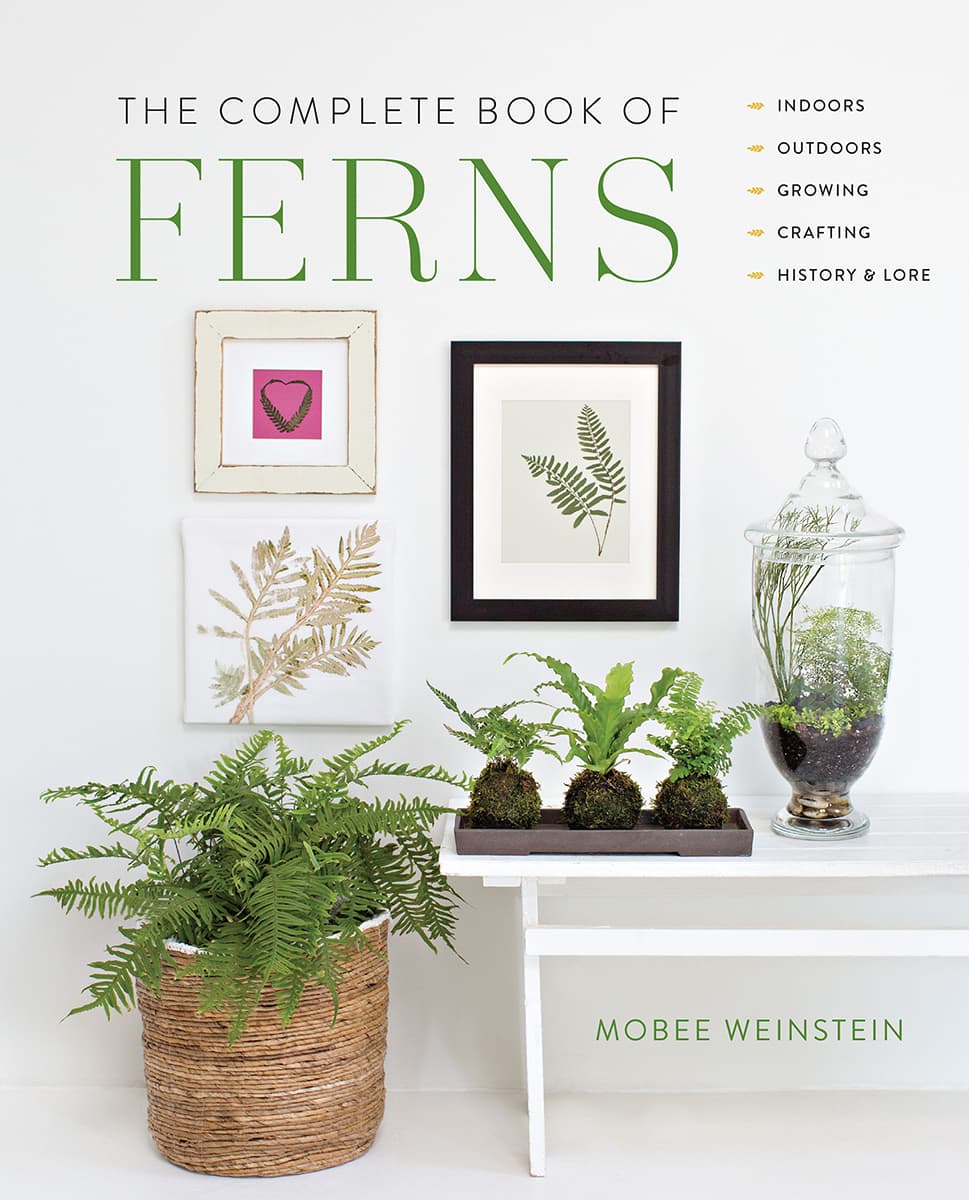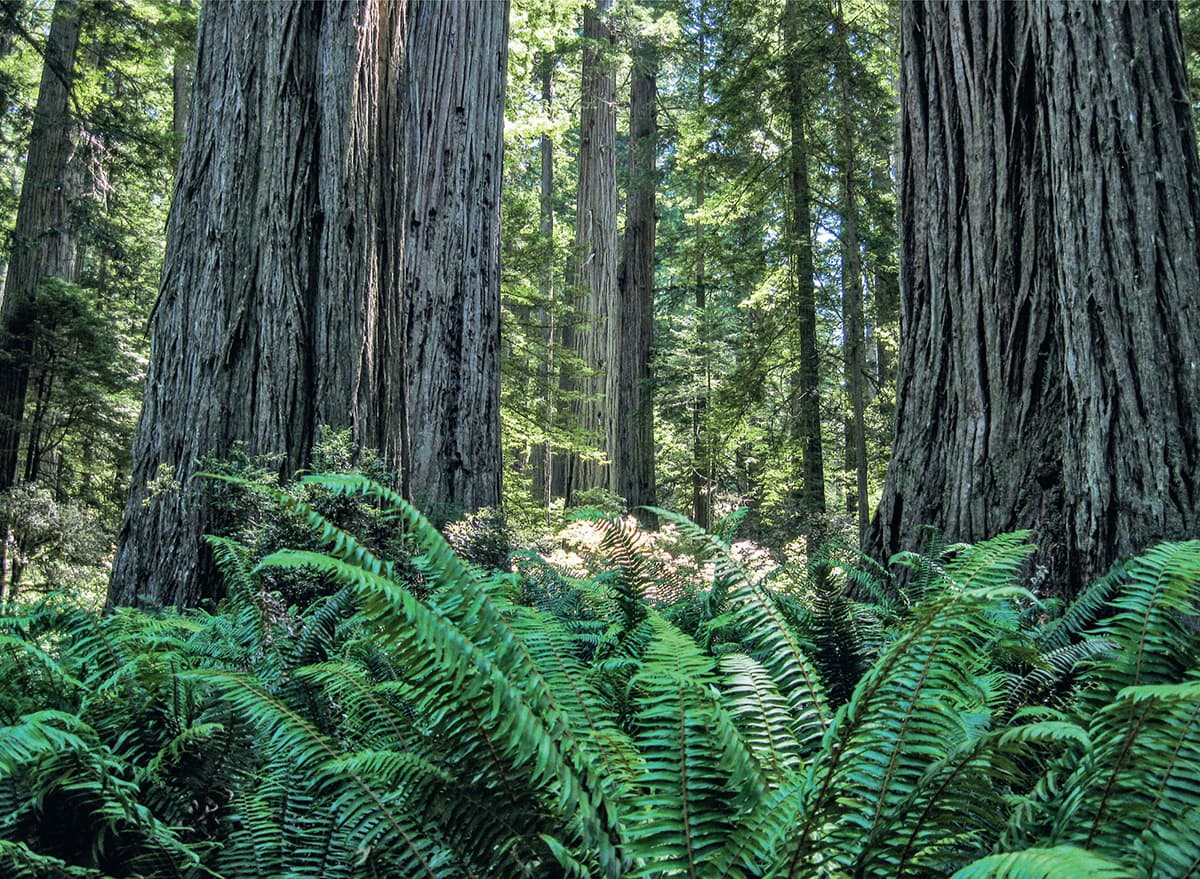Weinstein Mobee - The Complete Book of Ferns
Here you can read online Weinstein Mobee - The Complete Book of Ferns full text of the book (entire story) in english for free. Download pdf and epub, get meaning, cover and reviews about this ebook. year: 2019, publisher: Quarto Publishing Group USA, genre: Children. Description of the work, (preface) as well as reviews are available. Best literature library LitArk.com created for fans of good reading and offers a wide selection of genres:
Romance novel
Science fiction
Adventure
Detective
Science
History
Home and family
Prose
Art
Politics
Computer
Non-fiction
Religion
Business
Children
Humor
Choose a favorite category and find really read worthwhile books. Enjoy immersion in the world of imagination, feel the emotions of the characters or learn something new for yourself, make an fascinating discovery.

- Book:The Complete Book of Ferns
- Author:
- Publisher:Quarto Publishing Group USA
- Genre:
- Year:2019
- Rating:3 / 5
- Favourites:Add to favourites
- Your mark:
- 60
- 1
- 2
- 3
- 4
- 5
The Complete Book of Ferns: summary, description and annotation
We offer to read an annotation, description, summary or preface (depends on what the author of the book "The Complete Book of Ferns" wrote himself). If you haven't found the necessary information about the book — write in the comments, we will try to find it.
The Complete Book of Ferns — read online for free the complete book (whole text) full work
Below is the text of the book, divided by pages. System saving the place of the last page read, allows you to conveniently read the book "The Complete Book of Ferns" online for free, without having to search again every time where you left off. Put a bookmark, and you can go to the page where you finished reading at any time.
Font size:
Interval:
Bookmark:


THE COMPLETE BOOK OF
INDOORS  OUTDOORS
OUTDOORS  GROWING CRAFTING
GROWING CRAFTING  HISTORY & LORE
HISTORY & LORE
MOBEE WEINSTEIN


ALTHOUGH FERNS MAY SEEM SIMPLE AND unassuming, especially when compared to the blooms of showy flowering plants such as colorful hibiscus or fragrant roses, they are among the worlds greatest evolutionary success stories. Ferns have been part of the Earths many ecosystems for hundreds of millions of years. You may find it hard to believe, but that small, feathery fern tucked in the corner of your garden, and the potted fern sitting on your bookshelf, are anything but simple. Ferns are tough, complex characters. Through changing climates, moving continents, and mass extinctions, ferns have carried on steadily and mostly unfazed. Its no wonder theyve been used and appreciated by humans throughout our shared history. And its no wonder that we humans continue to cultivate and adore ferns. Today, ferns are in the midst of a modern renaissance. Thanks to the continued rise in the popularity of houseplants, coupled with the adaptability, diversity, and aesthetics of ferns, this amazing group of plants graces our homes and gardens with greenery and texture, and will no doubt continue to do so for generations to come.
Lets start by taking an in-depth look at the evolutionary history of ferns and learning why they are such successful plants. Then, well examine the inner workings of their life cycles, their myriad of forms, growth habits, and favored growing climates, and information on how to propagate these unique plants. In , youll discover profiles of more than 70 popular indoor and out-door fern species, and care information to cultivate these plants in your home or landscape. The final chapter is dedicated to creative planting projects for growing ferns in some pretty surprising and inspired ways, along with a handful of techniques for turning ferns into works of art you can proudly display in your home.
Understanding how ferns came to be and the role these plants played in the evolution of the Earth we know today is the first step on our fern journey.

You might be tempted to think ferns are primitive simply because theyve been around for so long, and they may at first seem unremarkable. But ferns are prime examples of finding a winning formula and sticking with it. The interrupted fern, Claytosmunda claytoniana (syn. Osmunda claytoniana), for example, which is currently part of the native flora in eastern Asia and eastern North America and is at home in gardens as well as wild spaces, is a textbook illustration. Fossils of this exact fern have been found to be at least 180 million years old. By every measure, right down to the level of the fossilized cells, the modern interrupted fern appears to be totally unchanged after all those eons. Not only would this fern have been just as familiar to Tyrannosaurus rex as it is to us, but it had been growing happily for more than 100 million years before T. rex even appeared on the scene.
The history of evolving plant life has been marked by several important changes. Ferns are in a group of plants known as the seedless vascular plants, meaning they have one of the biggest innovations of plant life (vascular tissue), but lack another (flowers and seeds). To understand how ferns evolved, we first have to look at how the simplest of plants came to be and how those plants went on to change and evolve.
Some of the simpler organisms are the single-celled green algae, which generally make their living floating in water and photosynthesizing. Eventually, those single cells began to form larger, multi-celled organisms often called seaweed. Algae were likely the first land inhabitants living in a wet film and they are believed to have given rise to the increasingly more complex earliest land plants, liverworts and mosses. These are the earlier, nonvascular plants, which means they lack a vascular system to move water from one part of the plant to another. For algae living in the water, this is obviously not a problem, but for nonvascular plants on the land, such as mosses, the lack of a vascular system significantly restricts the size of the plant. Mosses can soak up water like a sponge, but their lack of a system to pump water up from the ground means they cant support tall stems or wide leaves. As a result, mosses remain low, ground-hugging cushions.

Claytosmunda claytoniana (syn. Osmunda claytoniana), the interrupted fern, has remained unchanged for 180 million years.
Plant life started to rise off the ground when the first vascular plants arrived on the scene some 425 million years ago. Vascular tissue, which consists of tiny tubes running up plant stems, sometimes further strengthened with the organic compound lignin, freed plants from clinging to the ground. Being tall is no great virtue on its own, but when a plant is fighting with other plants for valuable sunlight, height allows it to shade out the competition. Nonvascular plants, which had been happily forming green carpets basking in the sun, suddenly had to adjust to living in the deep shade of their taller competitors, or extreme conditions in which their tall relatives couldnt survive. Mosses, liverworts, and their kin got pushed to the sidelines over the next several million years as vascular plants quickly dominated the surface of the Earth, towering 100 to 150 feet (30.5 to 46 m) in the air. It is at this time that the first ferns made their appearance.

Moss grows low to the ground because it lacks a vascular system to transport water, restricting the size of the plant.

Tall vascular plants and the first ferns began to inhabit the Earth hundreds of millions of years ago.
This explosion of lignin-reinforced vascular tubes enabled plants to reach soaring heights, creating the first forests. These massive forests in turn created an important facet of our modern world: coal. The era of seedless forests was also a time of very active plate tectonics. Continents were crashing into each other, pushing up mountain ranges and burying some of those new forests deep underground, transforming their trunks and foliage into the coal that fueled the Industrial Revolution.
Font size:
Interval:
Bookmark:
Similar books «The Complete Book of Ferns»
Look at similar books to The Complete Book of Ferns. We have selected literature similar in name and meaning in the hope of providing readers with more options to find new, interesting, not yet read works.
Discussion, reviews of the book The Complete Book of Ferns and just readers' own opinions. Leave your comments, write what you think about the work, its meaning or the main characters. Specify what exactly you liked and what you didn't like, and why you think so.











